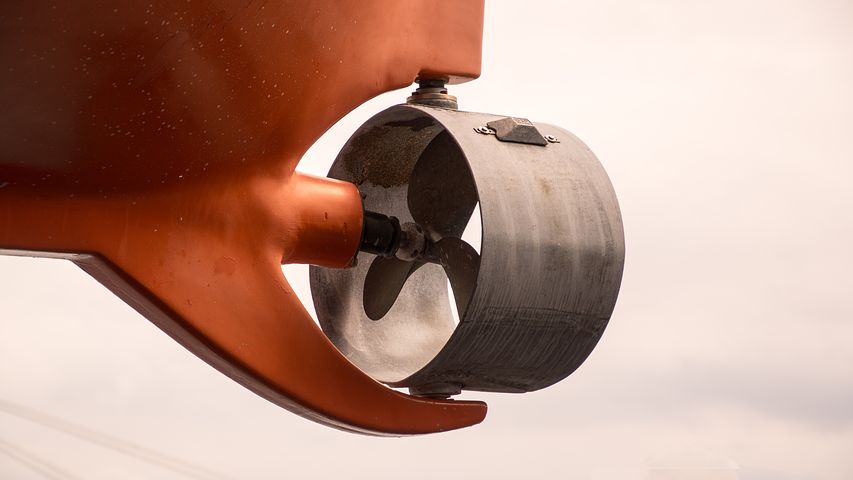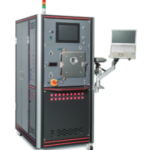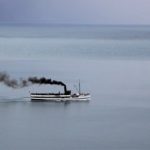In relation to this topic, there is the article, “Where do you maneuver?”, in the back number.
This time, we will explain “how do we accelerate and brake the ship”
How does the accelerator work on a ship?

As you probably know, ships are equipped with a propeller, which is driven by the engine and rotates the propeller to move forward.
So what are the brakes for ships?
In the case of a car, the brake pedal is depressed and the car stops due to the friction of the tires in contact with the road.
For the ship, the brake is the propeller turning in the opposite direction of rotation to that in which it is moving forward.
In other words, it is the same as moving backwards.
So, it will go backwards if you keep turning the propeller after the ship has come to a complete stop.
A ship floating on water can stop by either stopping the ship’s engine and waiting for it to stop naturally, or applying a backward force.
In case of the car running with the speed of 40 km/h requires 22 m to stop.
A ship is designed to stop within 15 times the length of the hull after running at full speed and then going backward at full speed. (This is determined by the Ship Law.)
It means that the ship should stop within 3km if the length of the vessel is 200 m.
This stopping distance is the distance that the stop has to be made regardless of the natural environment, such as currents or wind.

What is the ship’s full speed in km/h?

The speed of a ship is expressed in ‘knots (kt)’.
The definition of a knot is ‘a speed of one nautical mile (1852 meters) per hour’, which is hard to understand, so if you convert it to hourly speeds…
1 knot = 1.9 km/h
Each ship can reach different speed. For example, 200-meter-long car carrier vessel with a maximum speed of 24 knots can reach 24 knots x 1.9 km/h = 45.6 km/h.
What is propeller rotation?

It is same with electric fan and ventilation fan!
When you turn on the fan, the propeller rotates and the wind comes out towards you.
If the propeller rotates in the opposite direction, the wind comes out in the opposite direction.
In case of ship’s propellers, clockwise rotation is for forward. Counterclockwise rotation is for backwards.
If you look closely at the surroundings, you will see that propellers are used in various places.
Outdoor units, fans for circulation, ventilation, computer, etc …
They may not be the same size, but the principle is the same! Please look for a propeller near you.
[Read in conjunction with.]
What is a ship’s engine like? The difference between a car and a ship’s engine will be explained.
We fabricates a wide range of marine equipment as well.
For more information on our marine equipment, Click here.





